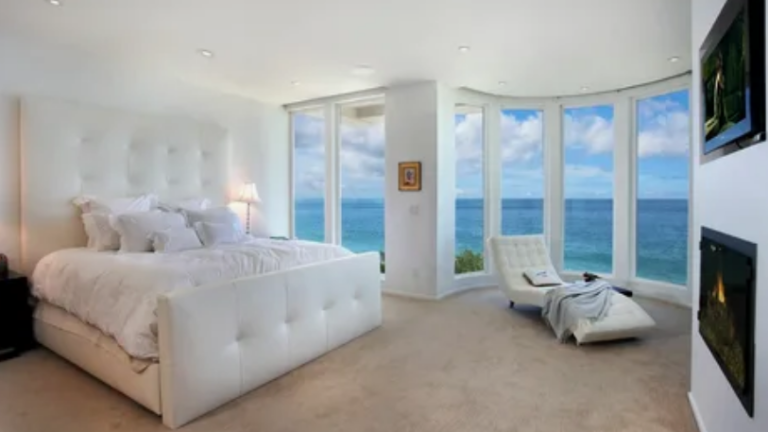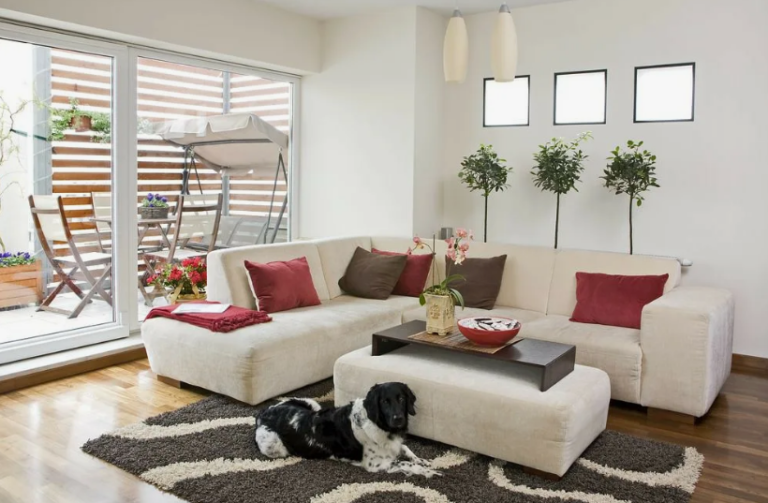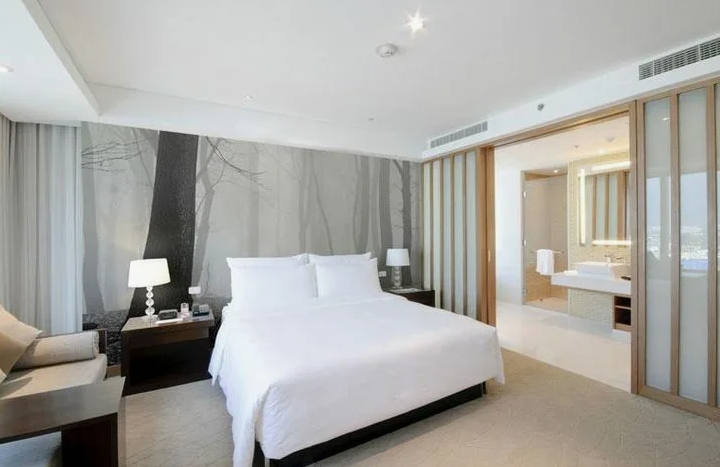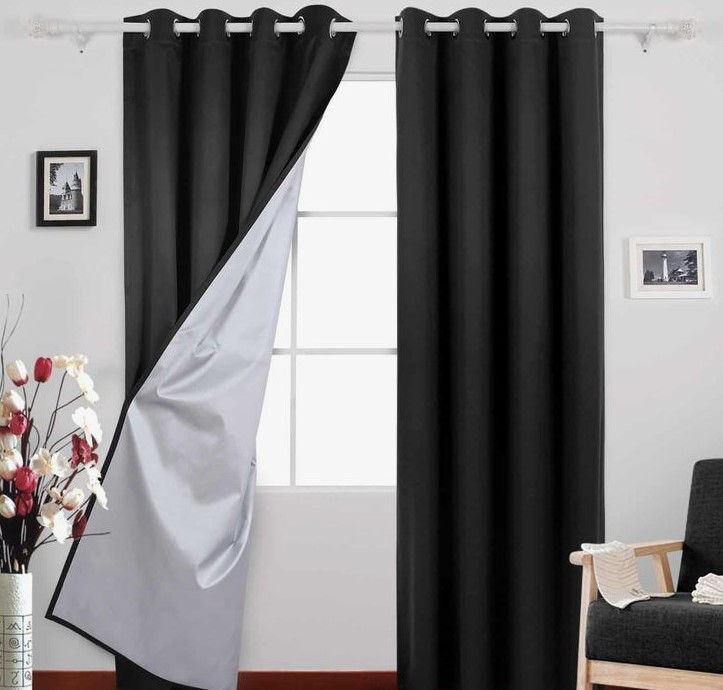Summer heat can be relentless, and only some have the luxury of an air conditioner. But staying cool indoors without AC isn’t just about dealing with discomfort anymore—it’s also a step towards lowering energy use and reducing greenhouse gas emissions. Beyond cost savings, eco-conscious cooling methods help address climate change while creating a more sustainable home environment.
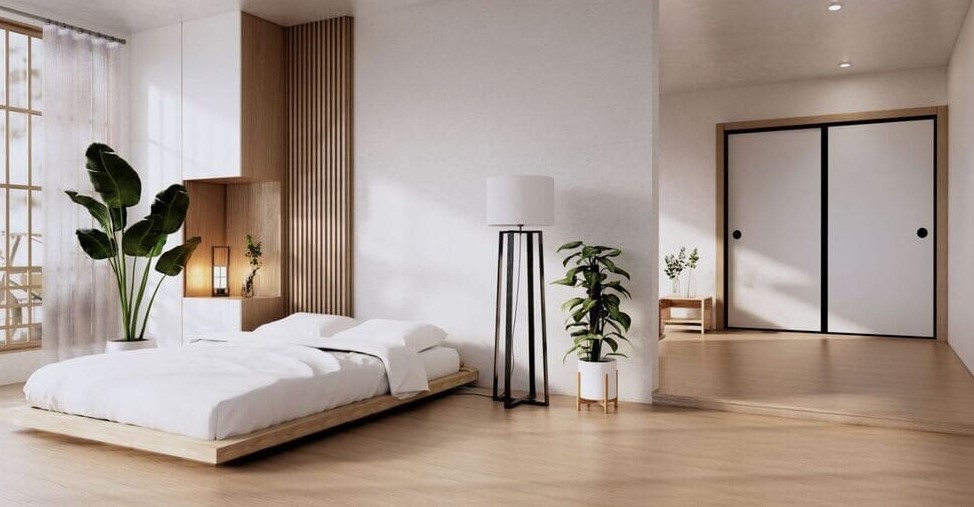
This guide explores practical hacks, innovative technologies, and sustainable solutions to help you cool your room without AC. Whether looking for quick remedies or long-term strategies, we’ve got you covered. Do Blackout Curtains Keep Heat Out?
Practical Steps to Cool a Room Without AC
Before you invest in cutting-edge cooling gadgets, it’s worth mastering old-fashioned approaches that can still make a big difference.
Utilize Natural Ventilation
The simplest solution often involves leveraging airflow. Natural ventilation works wonders when done strategically. Here’s how to get it right:
Maximize cross breezes
Open windows on opposite sides of your home to create a breeze channel. Try this technique during the mornings or evenings when outdoor temperatures are cooler.
Use nighttime cooling to your advantage
Many areas cool significantly after sunset. Keep your windows open overnight to bring in fresh, cool air, then close them in the morning to trap it inside.
Use Fans Effectively
Fans are game-changers, but improper usage can limit their effectiveness. Here are tips to make them work in your favour:
Optimize placement
Position fans near open windows to pull cool air in (even better if paired with cross-ventilated windows).
Reverse ceiling fan settings
Most people overlook the “summer mode” on ceiling fans. Ensure the blades spin counterclockwise to push air downward and create cooling breezes.
Combine with ice
Place a bowl of ice before a fan for a makeshift air cooler. I got instant chilled airflow by doing it.
Enhance Shading
Blocking heat before it enters your room is key during scorching summer afternoons.
Install reflective blinds or curtains
Light-coloured or reflective options will deflect sunlight, reducing indoor heat gain by as much as 45%.
Use blackout curtains
Blackout curtains can significantly reduce sunlight exposure, especially in west- or south-facing rooms.
Consider outdoor shading
Use awnings, shade sails, or bamboo blinds outside your windows for added protection against harsh sunlight.
Manage Indoor Heat Sources
Most indoor heat comes from within—appliances, lighting, and cooking can inadvertently warm your space.
Unplug electronics
Switch off unused devices as they generate heat even in “standby mode.”
Stick to LED lighting
Incandescent bulbs produce excessive heat; upgrade to energy-efficient LED lights instead.
Rethink your meals
Avoid baking or using stovetops during midday. Consider preparing cold meals like salads or utilizing outdoor BBQ grills instead.
Innovative Cooling Technologies
Technology offers modern solutions for beating the heat while maintaining energy efficiency.
Energy-efficient fans and Air Coolers
Today’s cooling devices are more intelligent and greener than older options
Bladeless fans
Not only are they quieter and safer, but bladeless fans like those from Dyson use less energy while delivering more airflow.
Evaporative coolers
Perfect for dry climates, air coolers like Honeywell’s evaporate water to produce cool, moist air at a fraction of the energy cost of ACs.
Wi-Fi-enabled fans:
Smart fans controlled via your smartphone allow you to schedule and customize cooling based on the day.
Smart Home Technologies
Smart devices integrate convenience and precision into temperature management
Smart thermostats
Devices like Nest or Ecobee integrate with fans or non-AC air systems, automatically adjusting temperatures according to weather or your schedule.
Smart blinds
Program blinds to close during the day and open in the evening for optimal shade and ventilation without effort.
Long-Term Solutions for Sustainable Cooling
If you’re invested in making your home inherently more remarkable, these long-term upgrades will yield significant results while enhancing property value.
Improve Insulation and Weatherization
A well-insulated home keeps heat out during summer (and warm air in during winter!). Focus on these areas:
Upgrade your insulation
Insulating walls and roofs prevents indoor temperatures from fluctuating too much.
Seal gaps and cracks
Caulking or weather-stripping around windows and doors can prevent hot drafts from sneaking in.
Install energy-efficient windows
Double-glazed or low-emissivity (low-E) windows drastically cut heat transfer indoors and outdoors.
Bring Nature Close to Home
Nature has incredible cooling power. Integrating greenery into your surroundings can make your home noticeably cooler over time.
Plant trees strategically
Place deciduous trees (which lose leaves in winter) near sunny windows or walls to create natural shade in summer while allowing penetration of winter sunlight.
Green roofs
Cover your roof with plants to absorb less heat and improve energy efficiency. Studies show green roofs can reduce cooling needs by up to 50%!
Vertical gardens
Living walls provide cooling, improve air quality, and add a vibrant aesthetic to urban spaces.
You can Cool your Room without AC
Cooling your room without an AC isn’t just about comfort—it’s also about reducing energy costs and minimizing your environmental footprint while preparing for a more energy-efficient future. Combining quick, actionable strategies with innovative technology or long-term sustainable investments can create a cooler, more livable home environment year-round.
If you want to explore additional sustainable cooling solutions, don’t hesitate to consult home improvement or eco-expert professionals for tailored advice. Minor adjustments today can make a world of difference tomorrow.

